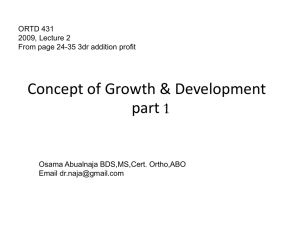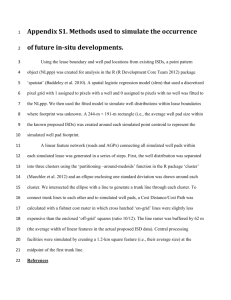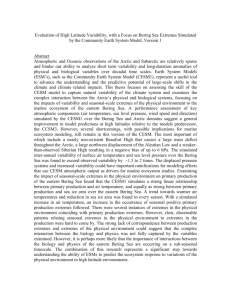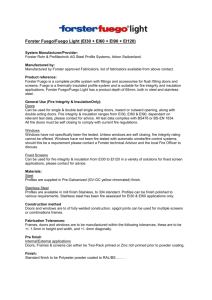Media Release
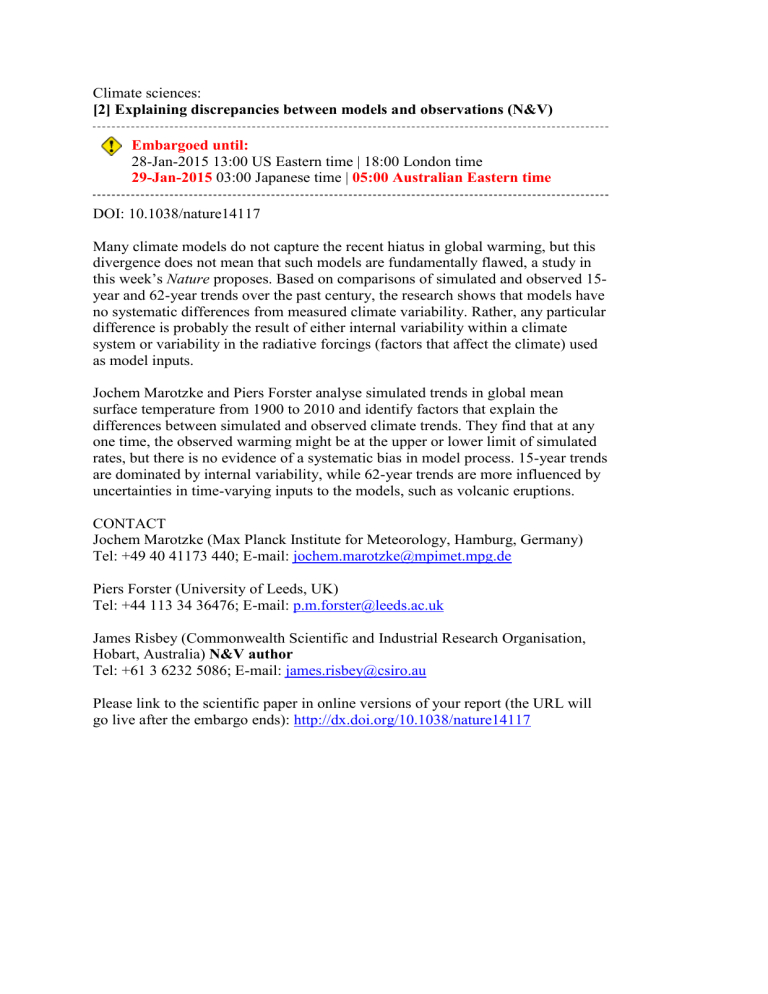
Climate sciences:
[2] Explaining discrepancies between models and observations (N&V)
Embargoed until:
28-Jan-2015 13:00 US Eastern time | 18:00 London time
29-Jan-2015 03:00 Japanese time | 05:00 Australian Eastern time
DOI: 10.1038/nature14117
Many climate models do not capture the recent hiatus in global warming, but this divergence does not mean that such models are fundamentally flawed, a study in this week’s
Nature proposes. Based on comparisons of simulated and observed 15year and 62-year trends over the past century, the research shows that models have no systematic differences from measured climate variability. Rather, any particular difference is probably the result of either internal variability within a climate system or variability in the radiative forcings (factors that affect the climate) used as model inputs.
Jochem Marotzke and Piers Forster analyse simulated trends in global mean surface temperature from 1900 to 2010 and identify factors that explain the differences between simulated and observed climate trends. They find that at any one time, the observed warming might be at the upper or lower limit of simulated rates, but there is no evidence of a systematic bias in model process. 15-year trends are dominated by internal variability, while 62-year trends are more influenced by uncertainties in time-varying inputs to the models, such as volcanic eruptions.
CONTACT
Jochem Marotzke (Max Planck Institute for Meteorology, Hamburg, Germany)
Tel: +49 40 41173 440; E-mail: jochem.marotzke@mpimet.mpg.de
Piers Forster (University of Leeds, UK)
Tel: +44 113 34 36476; E-mail: p.m.forster@leeds.ac.uk
James Risbey (Commonwealth Scientific and Industrial Research Organisation,
Hobart, Australia) N&V author
Tel: +61 3 6232 5086; E-mail: james.risbey@csiro.au
Please link to the scientific paper in online versions of your report (the URL will go live after the embargo ends): http://dx.doi.org/10.1038/nature14117




